2019-04
ISD Zoological Research:An Authentic Field Science Experience
by Keven Ledee
The ISD Department of Huamei International SecondarySchool Division recently planned and facilitated an experiential learning,multi-part, multi-subject driven science field research project to GuangzhouZoo on 03/20/2018 geared towards students’ hands-on immersive learning in thefield.
The ISD department consists of studentsfrom multiple countries, who are studying in a bilingual (English + Chinese)classroom setting with neither English nor Chinese being the learner’s firstlanguage. This unique combination posesa higher level of difficulty teaching subject classes such as math and sciencein a learner’s L2 (second language) as the vocabulary and scientific process isoften quite complex and difficult to grasp.
The project was a first-of-its-kind for thedepartment. As students of multiplenationalities and language backgrounds were going to participate, the projectneeded to account for tangible learning results that accounted for thestudent’s varying learning styles, learning levels and age groups. Additionally, the project would combinelearners from both the middle school and the Elementary school.
For the middle school project, studentsneeded to use applied scientific research techniques in an immersive settingwhile using previously learnt scientific information regarding continentaldrifting, similar evolutionary patterns, animal kingdom classifications,scientific observation techniques and scientific writing techniques. The students would complete this fieldresearch project in English.
Being a bilingually thought program, theproject lent itself to be a Chinese focused project as well building on thebilingual nature of the ISD program. Apartnership training was held with the Chinese international teacher tofacilitate the project in Chinese.
For the elementary level internationalstudents, the project’s goal was adjusted to their learning level and a“Research Passport” project was given. This followed the same basic academic methology and lesson plan pattern,however, the materials, realia and goals were adjusted. Students field research consisted still offield documentation of the subject in the form of photos as well as fieldresearch notes in the form of observable characteristics that matched theirlanguage level.
For both class levels, students were usedmultiple chapter’s learning content in a layered i+1 educational model thatfacilitated the final results in one tangible project. The project’s core academic material’s baseis a combination of geology, geography, scientific theory, scientific process,biology, English as a second language, Chinese as a second language and socialdevelopment skills. Students seamlesslyused all of their acquired knowledge from each of these subjects to create 1cohesive project.
In order to achieve this type of project amulti-part plan was put into place weeks before the field research trip.
The project’s methodology consisted of the following:
· Academic Goal: To provide students with an authentic scienceexperience, allow students to practice actual science field research and bringthe students to an immersive, yet safe learning environment; something far toouncommon within the constraints of a typical classroom.
· Teacher Training: To provide the best possible experience forthe students, teachers were provided with additional training on fieldexpedition activities, expectations and result goals. This allowed teachers to better understandhow to seamlessly combine classroom teaching with scientific field research.
· Materials: Students were provided with a carefullyplanned work packet which detailed their field research goals. Additionally, they were given a detailedtraining on academic field research, achievable goals and safety precautionsprior to the actual field research.
· Process: The project was split into 3 main parts:
1. Classroom Learning: Students had a week of intensive classroomlearning in the form of theory, worksheets, practice activities, mini-researchdrills, categorization of Animalia practice and research paper practice.
2. Field Research: The students, split into teams and used theirprovided “Field Research” packets and spent the day at the zoo in an immersivesetting collecting and documenting research in the form of data, observationsand photographic documentation.
3. Data Analysis and Categorization: Students used all collected data to analyzesimilarities between animals, categorize them into 6 different basic animalgroups that are part of the kingdom Animalia and compile a comprehensivecollection of field research into a single scientific book.
This field research project proved highlysuccessful both from a student’s feedback perspective as well as a resultsperspective. Students were very engagedand followed the rules and requirements very carefully. The end result is a prime example of studentteamwork, cross-departmental collaboration, multi-subject learning strategies, creativeteaching methodologies and immersive, experiential learning that is engaging, results-drivenand most importantly, FUN!
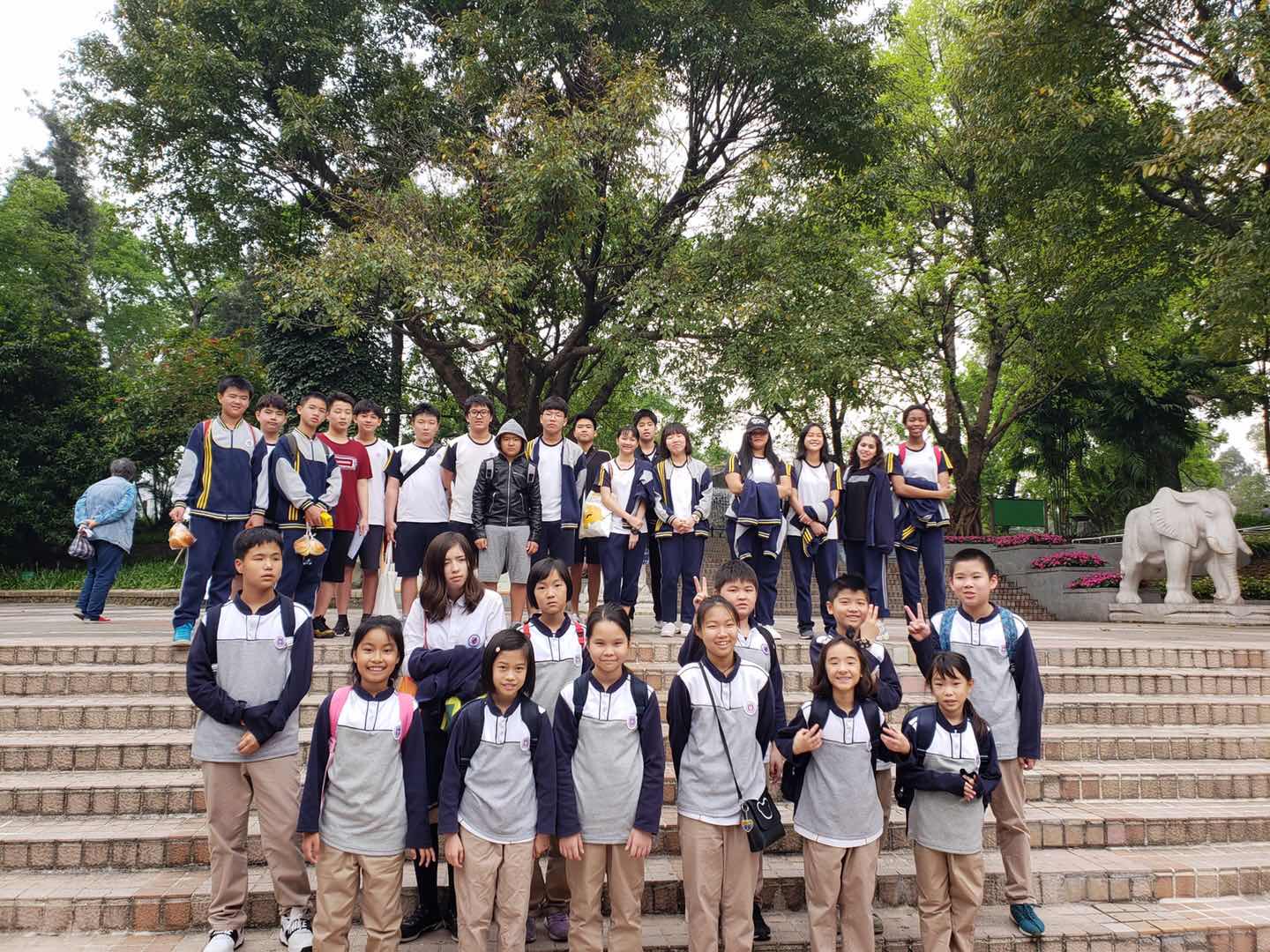
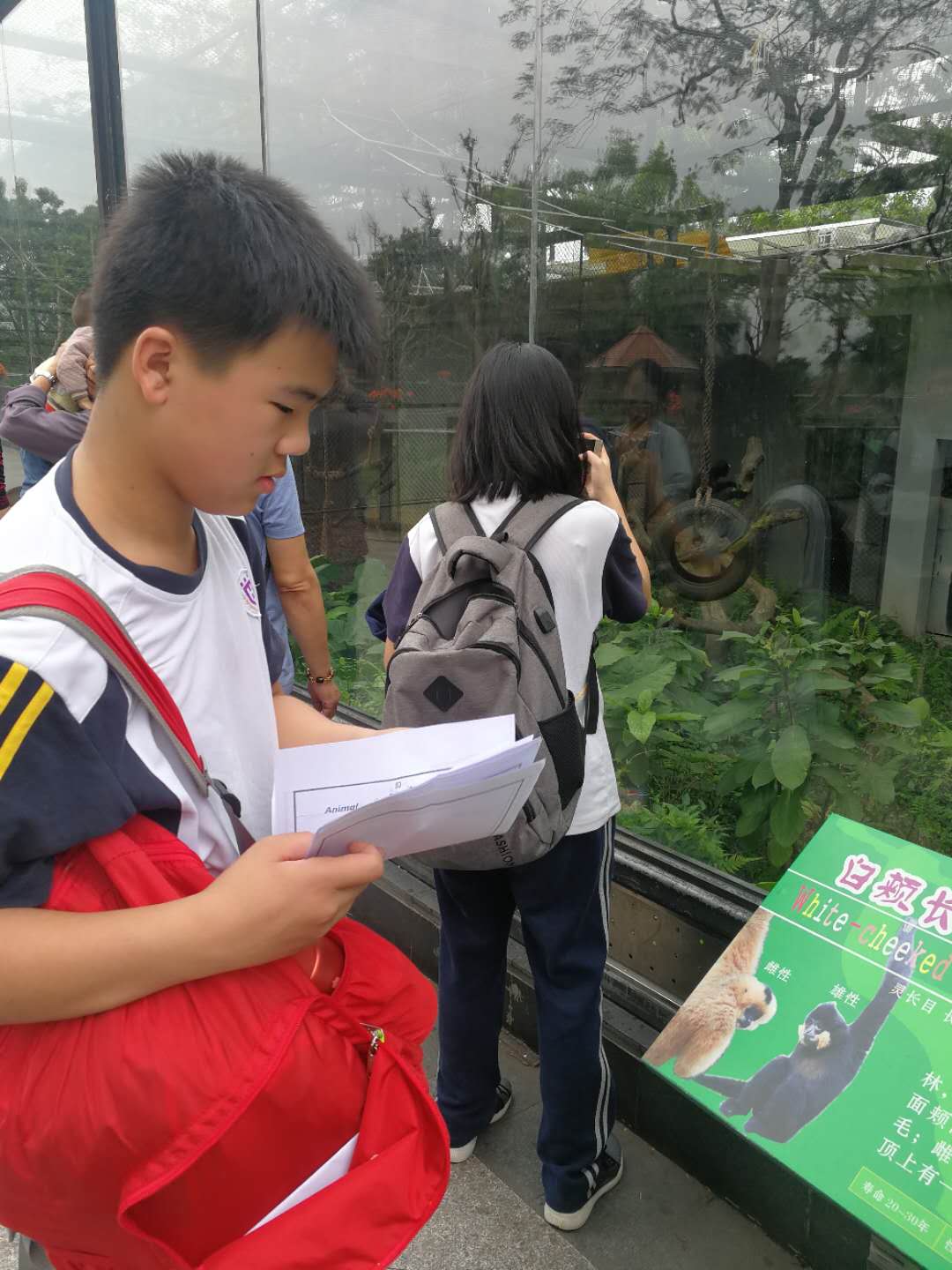
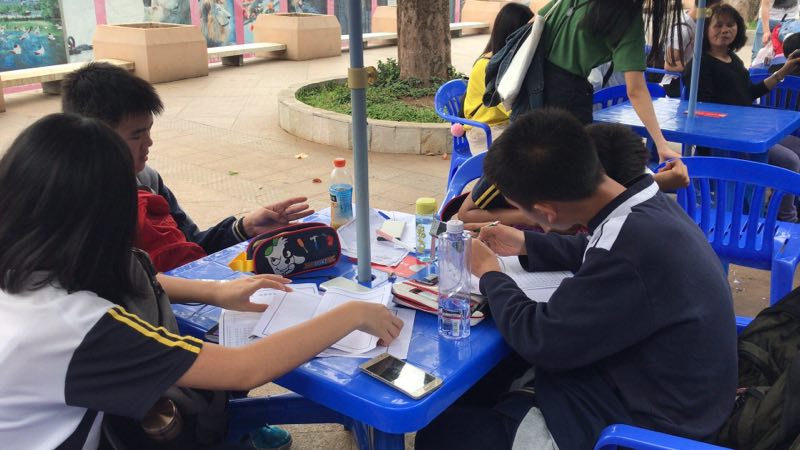
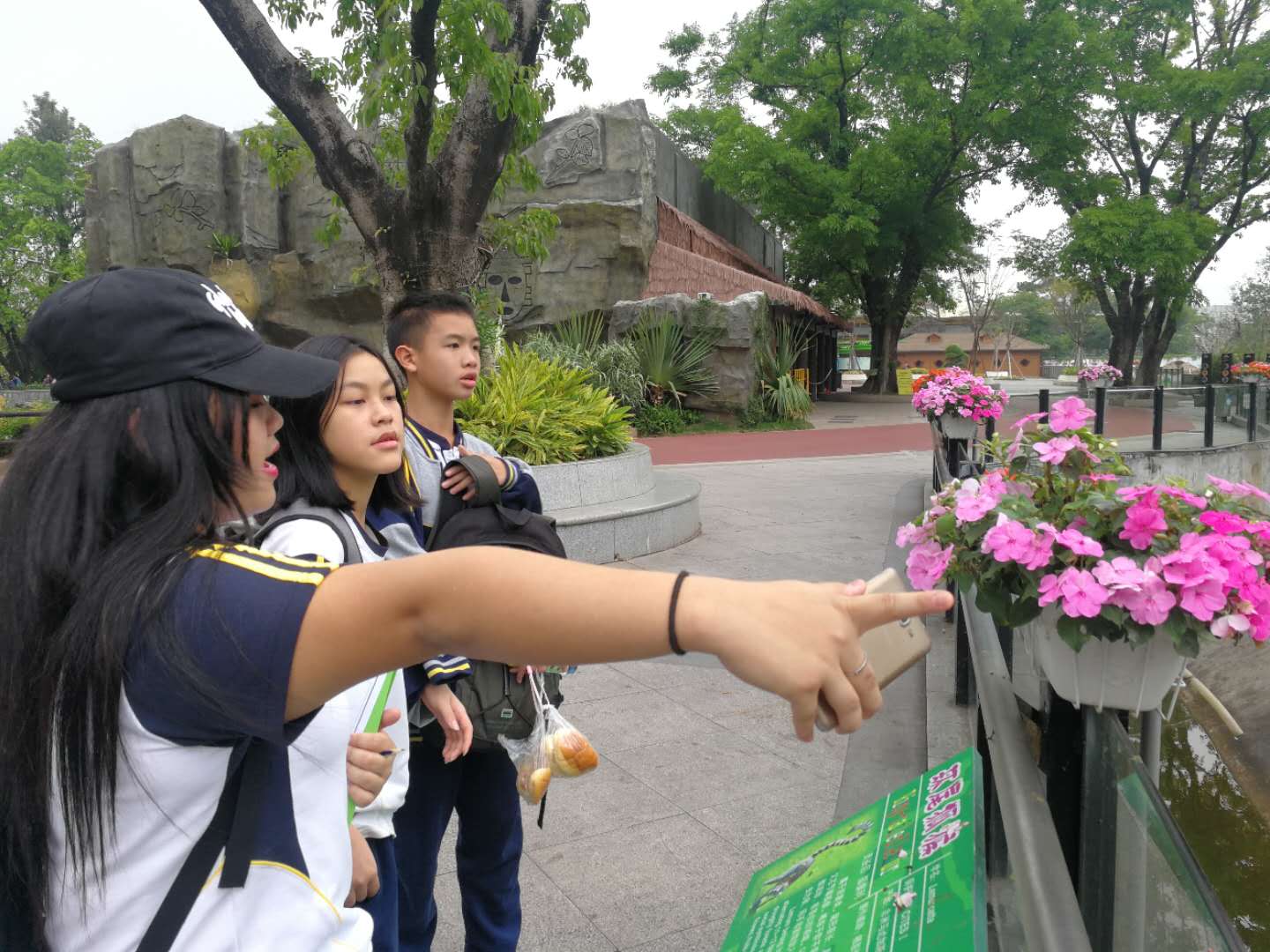

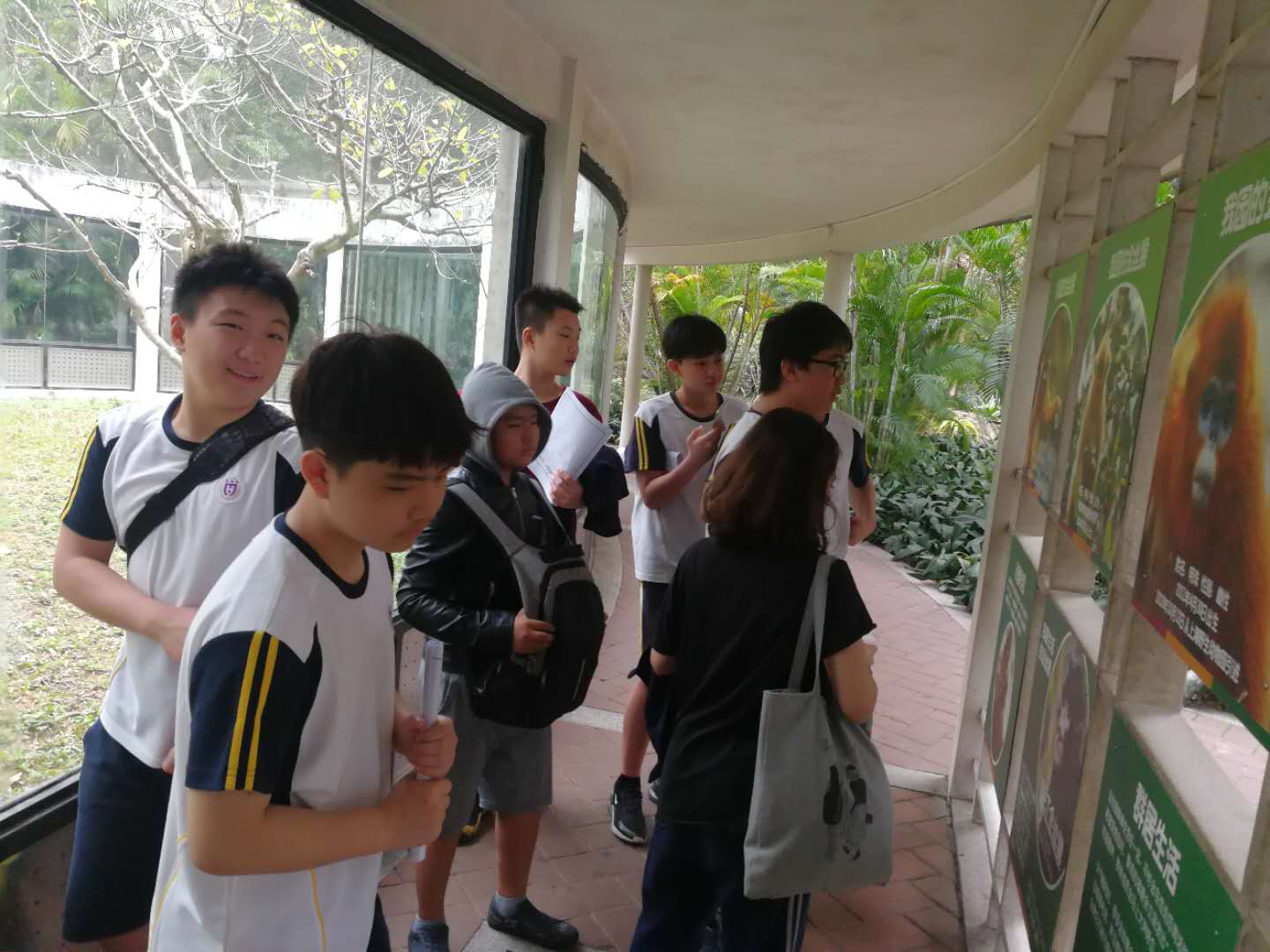
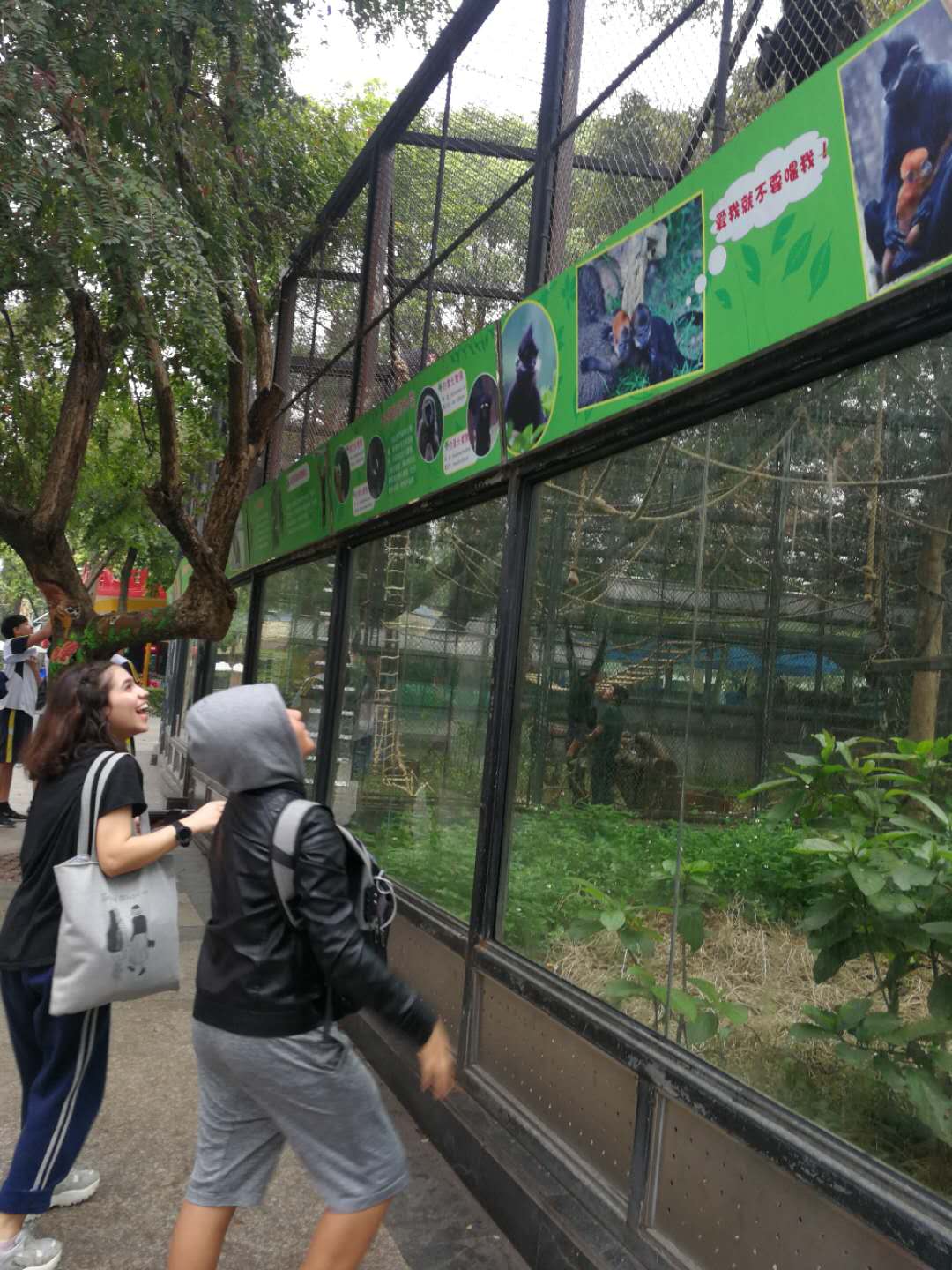

 English
English 中文版
中文版

